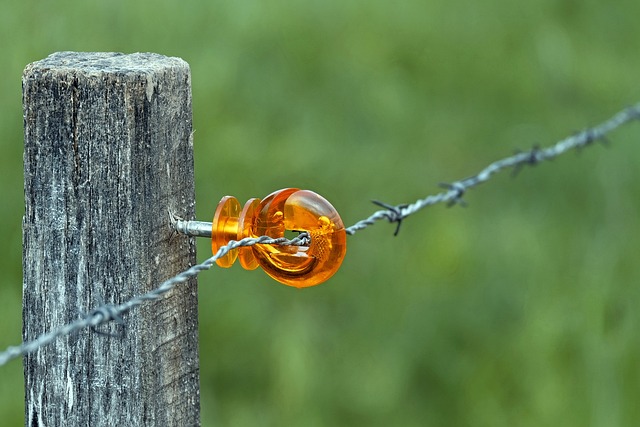Introduction:
Protecting and enhancing your wooden fence doesn’t stop at installation. Fence staining and sealing are essential steps to preserve its beauty and durability, ensuring it serves as a charming outdoor feature for years. This guide delves into the art of fence staining, from understanding its benefits and exploring various types to preparing your fence, selecting the perfect stain, and mastering the sealing process. By following these expert tips, you’ll learn how to maintain your wooden fence’s aesthetic appeal and structural integrity.
- Understanding Fence Staining: Benefits and Types
- Preparing Your Wooden Fence for Staining
- Choosing the Right Stain: Color Options & Application
- Sealing Your Stained Fence: Protection & Longevity
- Maintenance Tips to Keep Your Fence Looking Great
Understanding Fence Staining: Benefits and Types
Fence staining is not just about aesthetics; it’s a protective measure too. The process involves applying a pigmented sealer or paint to the wood, enhancing its color while shielding it from the elements. This is particularly crucial for outdoor wooden fences, exposed daily to sunlight, rain, and varying temperatures. Regular staining not only keeps your fence looking fresh but also prolongs its lifespan by preventing rot, mold, and mildew.
There are various types of fence stains available in the market, each offering distinct benefits. Water-based stains are environmentally friendly, easy to clean, and dry quickly. Oil-based options, while more durable, may take longer to dry and have a stronger odor. Solid color stains provide vibrant, even coverage, while transparent or semi-transparent formulas enhance the natural wood grain, requiring reapplication less frequently.
Preparing Your Wooden Fence for Staining
Before applying any stain or sealer to your wooden fence, proper preparation is key. Start by thoroughly cleaning the fence to remove any dirt, dust, or debris that may hinder the staining process. Use a pressure washer or a stiff brush with mild detergent to ensure a clean surface. This step is crucial as it allows the stain to adhere better and creates an even finish.
Next, inspect your wooden fence for any repairs needed. Fill in any cracks or holes using wood putty and sand the area smooth once dry. Sanding also helps to roughen the surface slightly, improving paint or stain penetration. Remove any loose or damaged planks and replace them as necessary to maintain the structural integrity of the fence.
Choosing the Right Stain: Color Options & Application
When choosing a fence stain, color is a key consideration. Different stains offer various shades, from natural wood tones to vibrant, bold colors. The right choice depends on your personal preference and the desired aesthetic for your outdoor space. Consider the existing color of your wood fence and how it will interact with different hues—lighter stains can enhance natural beauty, while darker options create a dramatic effect.
Application also plays a significant role in selecting the ideal stain. Some stains are designed for easy, even application with a brush or roller, making them suitable for smaller projects or those who prefer DIY solutions. Others require specialized equipment, such as sprayers, for even coverage on larger fences. Read product descriptions carefully to understand application methods and choose one that aligns with your skills and project scope.
Sealing Your Stained Fence: Protection & Longevity
Sealing your stained fence is a crucial step in ensuring its protection and longevity. After applying the stain, sealing acts as an extra layer of defense against the elements, including UV rays from the sun, rain, snow, and extreme temperatures. These environmental factors can break down and fade the color over time, but sealing helps maintain the vibrant hues you’ve achieved with the stain.
Choosing the right sealant is essential. Water-based sealants are popular due to their low odor and quick drying time, while oil-based options offer superior durability. Consider your climate and fence’s exposure to weather when making this decision. Regular reapplication of the sealant, typically every 1-3 years, will keep your fence looking new and extend its life, ensuring it remains a beautiful addition to your outdoor space for years to come.
Maintenance Tips to Keep Your Fence Looking Great
Regular maintenance is key to keeping your wooden fence looking its best for years to come. A simple cleaning routine will help remove any dirt, mildew, or mold that may accumulate over time. Use a mild detergent and warm water to create a soapy solution, then gently scrub the fence with a soft-bristled brush. Rinse thoroughly with clean water to ensure no soap residue is left behind.
Protecting your fence from the elements is also essential. Apply a fresh coat of stain or sealant at least once a year, or more frequently if your fence is exposed to harsh weather conditions. This will create a protective barrier against UV rays, moisture, and extreme temperatures, preserving the wood’s beauty and prolonging its lifespan.
